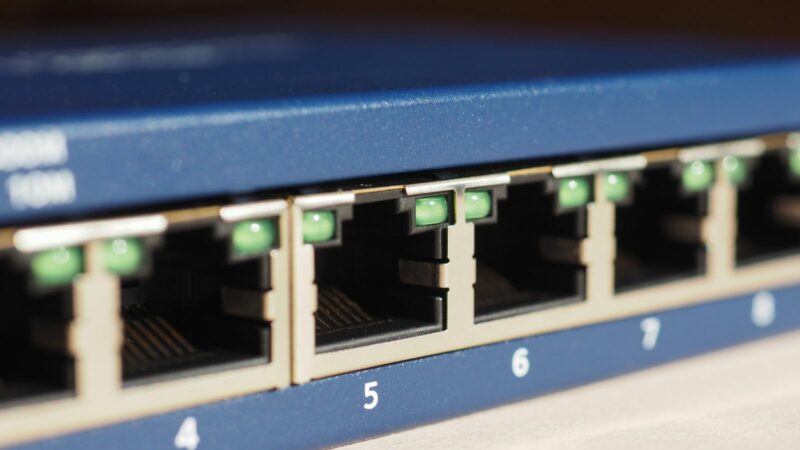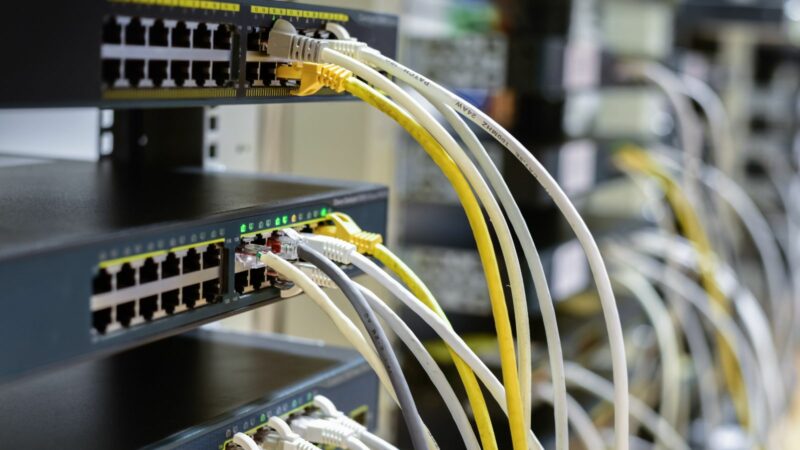If you’ve ever wondered about those mysterious ports on the back of your router, you’re not alone. LAN ports play a crucial role in connecting your devices to create a network within your home or office. In this article, I’ll delve into what a LAN port is and why it’s essential for your internet setup.
When you look at the back of your router, you’ll see several ports labeled LAN. These are where you plug in your devices like computers, printers, or gaming consoles to establish a local area network (LAN). By using these ports, you can share files, access the internet, and communicate between devices seamlessly.
What is a Lan Port

In networking, LAN ports play a vital role in establishing connections within a local area network environment. These ports serve as entry points on routers or switches that enable devices such as computers, printers, and gaming consoles to communicate with each other and access resources on the network.
LAN ports are physical interfaces on networking devices that typically look like small rectangular openings where Ethernet cables can be connected. By plugging an Ethernet cable into a LAN port, I am creating a direct connection between my device and the network, allowing data to be transmitted back and forth.
One primary function of LAN ports is to provide wired connectivity for devices that require a stable and high-speed connection. For example, connecting a desktop computer to a router via a LAN port ensures a more reliable network connection compared to Wi-Fi, making it ideal for activities like online gaming or video streaming where a consistent connection is crucial.
Different Types of LAN Ports
Discussing the different types of LAN ports, I’ll delve into the various variations in these crucial networking components.
- Fast Ethernet (10/100 Mbps): The Fast Ethernet LAN ports, supporting speeds of 10/100 Mbps, are commonly found on older routers and networking devices. While still functional for basic networking needs, these ports are not ideal for high-bandwidth activities.
- Gigabit Ethernet (10/100/1000 Mbps): Gigabit Ethernet LAN ports, offering speeds of 10/100/1000 Mbps, have become standard on modern routers and switches. These ports provide faster data transfer rates, making them suitable for demanding tasks such as HD video streaming and online gaming.

- 10-Gigabit Ethernet (10/100/1000/10000 Mbps): Reserved for enterprise-level networking equipment, 10-Gigabit Ethernet LAN ports support speeds of 10/100/1000/10000 Mbps. These high-speed ports are designed for data-intensive applications that require lightning-fast connectivity.
- Multi-Gigabit Ethernet (2.5/5/10 Gbps): Multi-Gigabit Ethernet LAN ports offer increased flexibility with speeds of 2.5, 5, or 10 Gbps. These ports cater to advanced users needing ultra-fast network connections for tasks like 4K video streaming, large file transfers, and real-time data processing.
Understanding the distinctions among these LAN port types is crucial for selecting the right networking equipment to meet specific speed and performance requirements. Each type has its own advantages and use cases, so choosing the appropriate LAN ports ensures an efficient and reliable networking experience tailored to individual needs.
Importance of LAN Ports in Networking
Exploring the significance of LAN ports in networking, I delve into the fundamental role these ports play in establishing robust local area networks.
Efficient device communication is facilitated through LAN ports on routers, ensuring a seamless flow of data within the network.
By connecting devices via LAN ports using Ethernet cables, I can guarantee a stable and high-speed network connection, crucial for demanding tasks such as online gaming and video streaming.
Different types of LAN ports, such as Fast Ethernet, Gigabit Ethernet, 10-Gigabit Ethernet, and Multi-Gigabit Ethernet, offer varying speeds tailored to specific networking requirements.